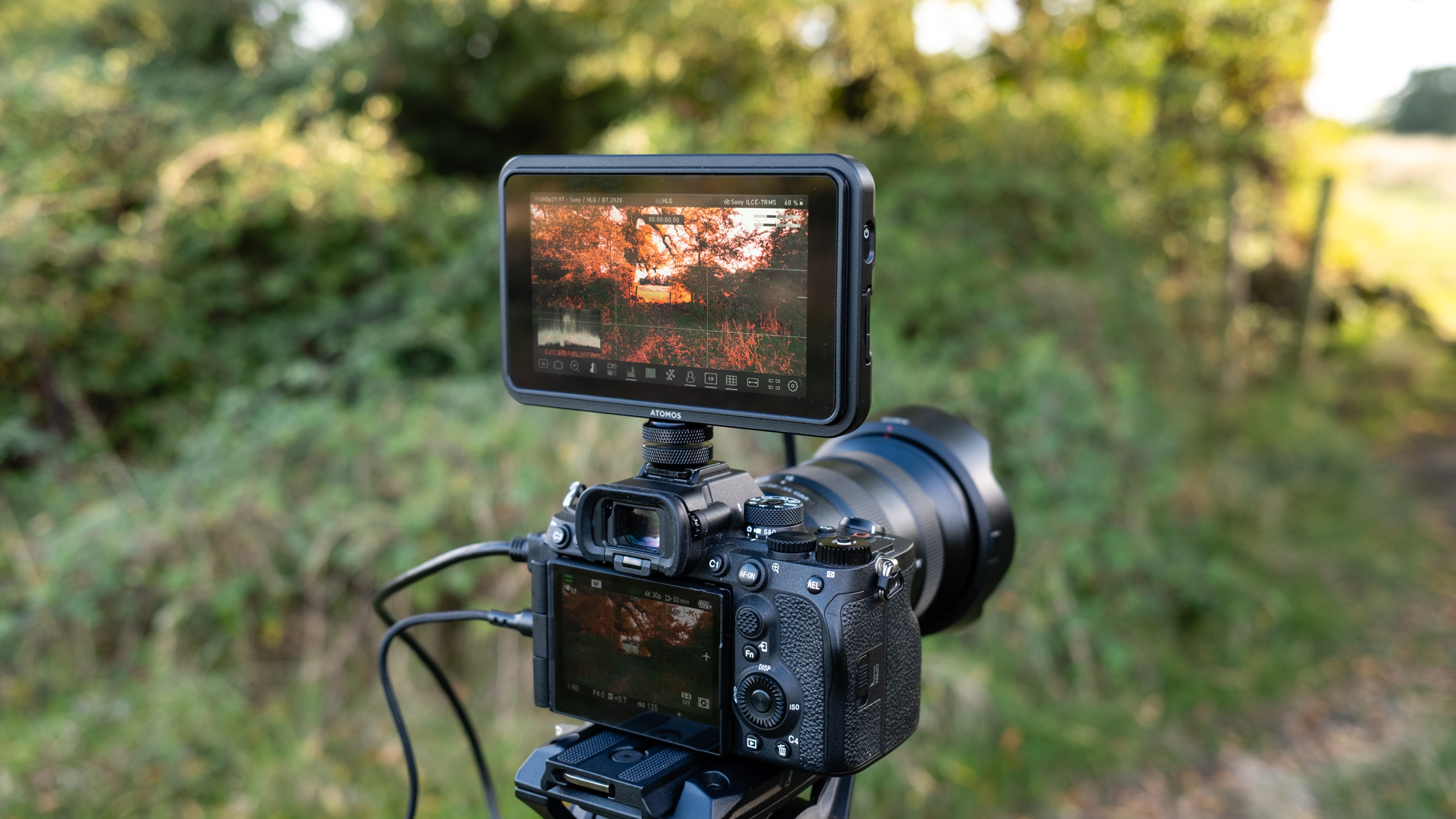
Video monitors are undoubtedly a must-have for capturing video because they make composing, focusing, and assessing exposure much easier and more effective. The Atomos Shinobi II is the successor to the popular Atomos Shinobi, bringing with it features and functionality that make it one of the best on-camera monitors available.
Atomos is best known for its video monitors/recorders offering Raw video capture. These are, of course, most useful for higher-end users who require codecs including Apple ProRes Raw, but for those who simply need a larger screen, video monitors are a far more cost-effective solution.
Ultimately, why pay for features you don’t need, if in-camera codecs, color profiles, and video capture cover your needs? One of the great things about monitors like the Shinobi II is that they're not confined to video use; photographers working in slower fields such as product, macro, and landscape photography can also benefit from the larger screen on offer.
The Shinobi II is incredibly easy to use and offers camera control for several camera manufacturers and models, with an ever-expanding list. But it's well worth checking compatibility before purchasing if this functionality is important. You can, however, still enjoy a camera feed via HDMI.
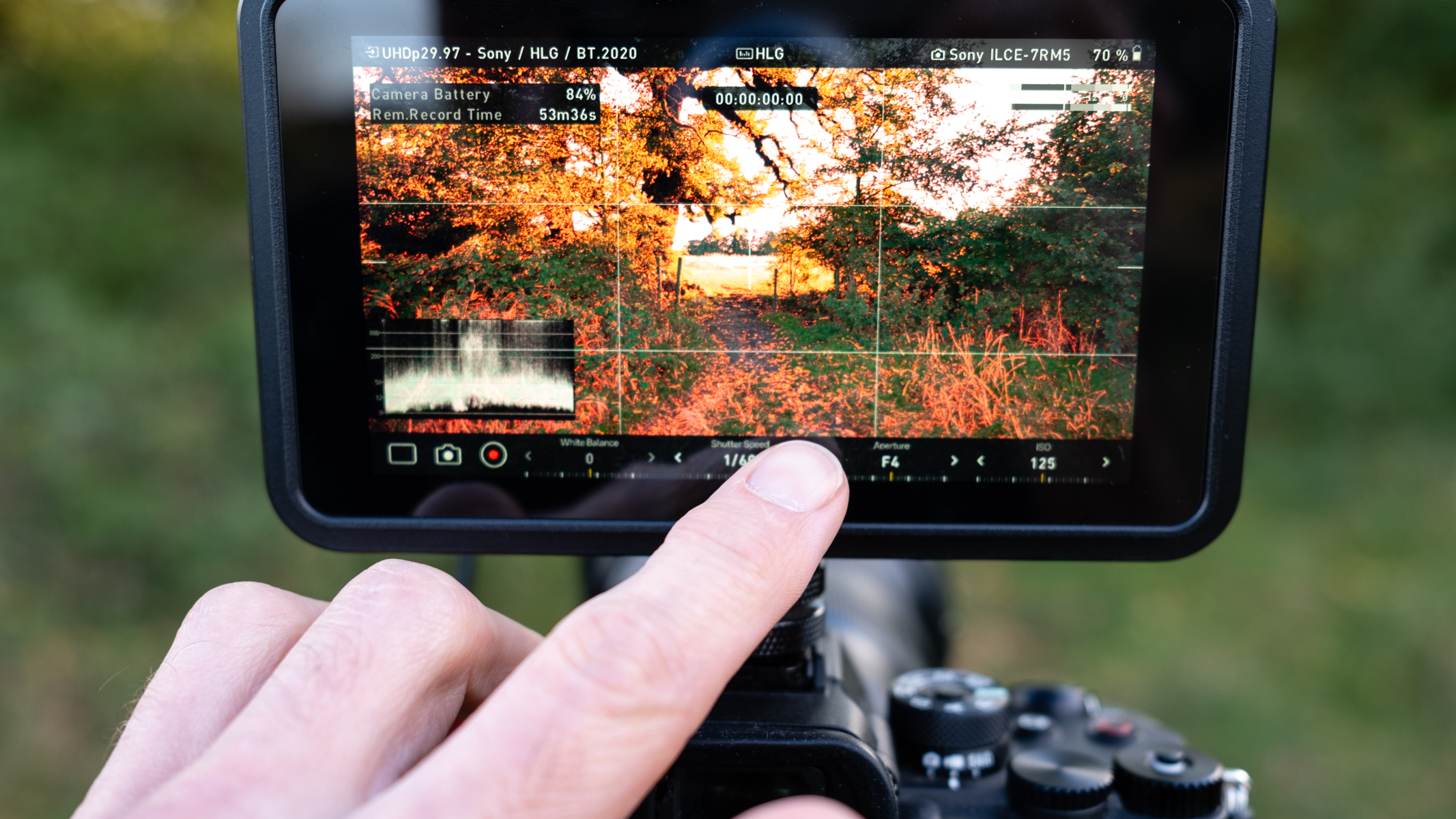
Atomos Shinobi II: Specifications
Atomos Shinobi II: Price
The Atomos Shinobi II was announced in July 2024 and is available to buy now for $349 / £354. This is more expensive than lower-end monitors that can be larger and brighter, but what you're getting here is a quality device that's slim, lightweight and offers direct camera control. It's also priced according to other Atomos models with recorder functionality, so it sits within the correct price bracket.
Frustratingly, the Shinobi II only comes with a USB-C / PD cable included and no HDMI cable or mounting device, so you'll have to use what you already have or purchase separately. You may be wondering why this is frustrating, and it's simply because the device has a screw-on locking cable adaptor for Atomos locking HDMI cables, to provide a more secure cable connection.
Atomos Shinobi II: Design & Handling
The slim and lightweight design of the Shinobi II is a breath of fresh air with it weighing in at just 7.4oz / 210g. I don’t know about you, but I've never been a fan of attaching heavy accessories to my camera hotshoe, not to mention the imbalance it can create. The build quality is also excellent with the device being made of tough ABS polycarbonate plastic to support the 5.2-inch SuperAtom capacitive IPS touchscreen.
The up to 1500-nit touchscreen is responsive, and brightness can be adjusted to suit the conditions you’re shooting in, including bright sunlight. The user interface is also easy to navigate, although for first-time use there are some easy-to-follow video tutorials available if you need them. The most useful focuses on making sure everything is set up correctly for camera control.
On the back of the Shinobi II, there's a locking battery slot that's compatible with NPF-type batteries. There's also a vent for the passive cooling system that maintains silent operation. Power can also be delivered via the USB-C / PD port on the back of the monitor using a power bank, but this removes camera control. So, a second USB-C / PD port would be useful.
Atomos claims that you can enjoy a full day of shooting from a single battery, and Atomos NP-F750 batteries are 5200mAh. I can’t fairly comment on battery life because the NP-F550 battery used for testing was a lower quality 2600mAh capacity, so battery life wasn't the best during continuous use. Full-day use could be based on NP-F970 batteries that are 8800mAh. Either way, the ability to use three different battery capacities or a power bank is useful.
Other controls and ports include the power button and SD card slot on one side, with the latter being only for firmware and LUT installation of up to eight LUTs in .cube format, with 17 and 33 points supported. On the other side, there's a 3.5mm headphone jack for sound monitoring and a remote port, with a 1/4-inch thread with anti-rotational points for mounting the monitor on the bottom. It's a fairly minimalist design with all features and functions accessed within the user interface.
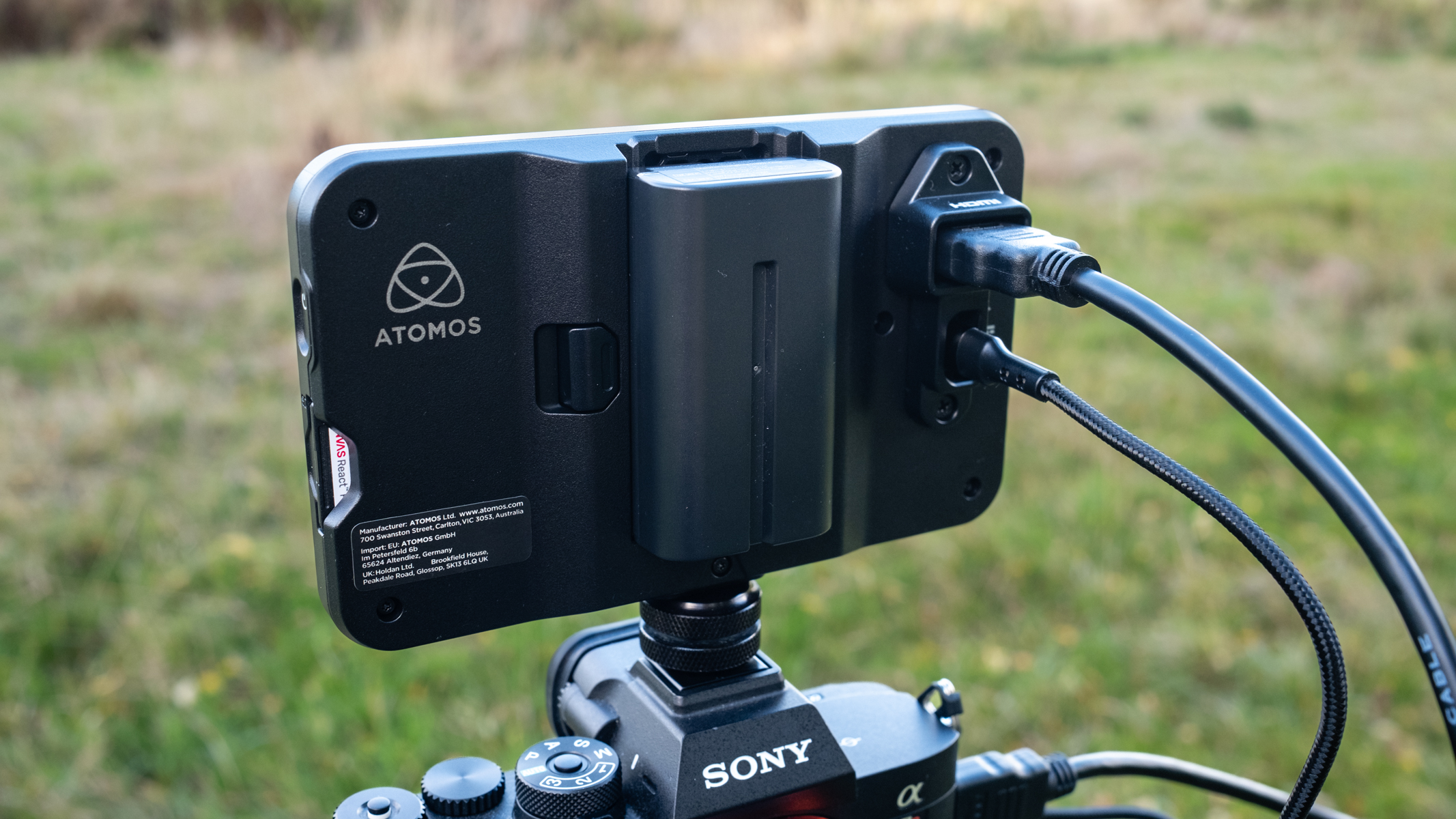
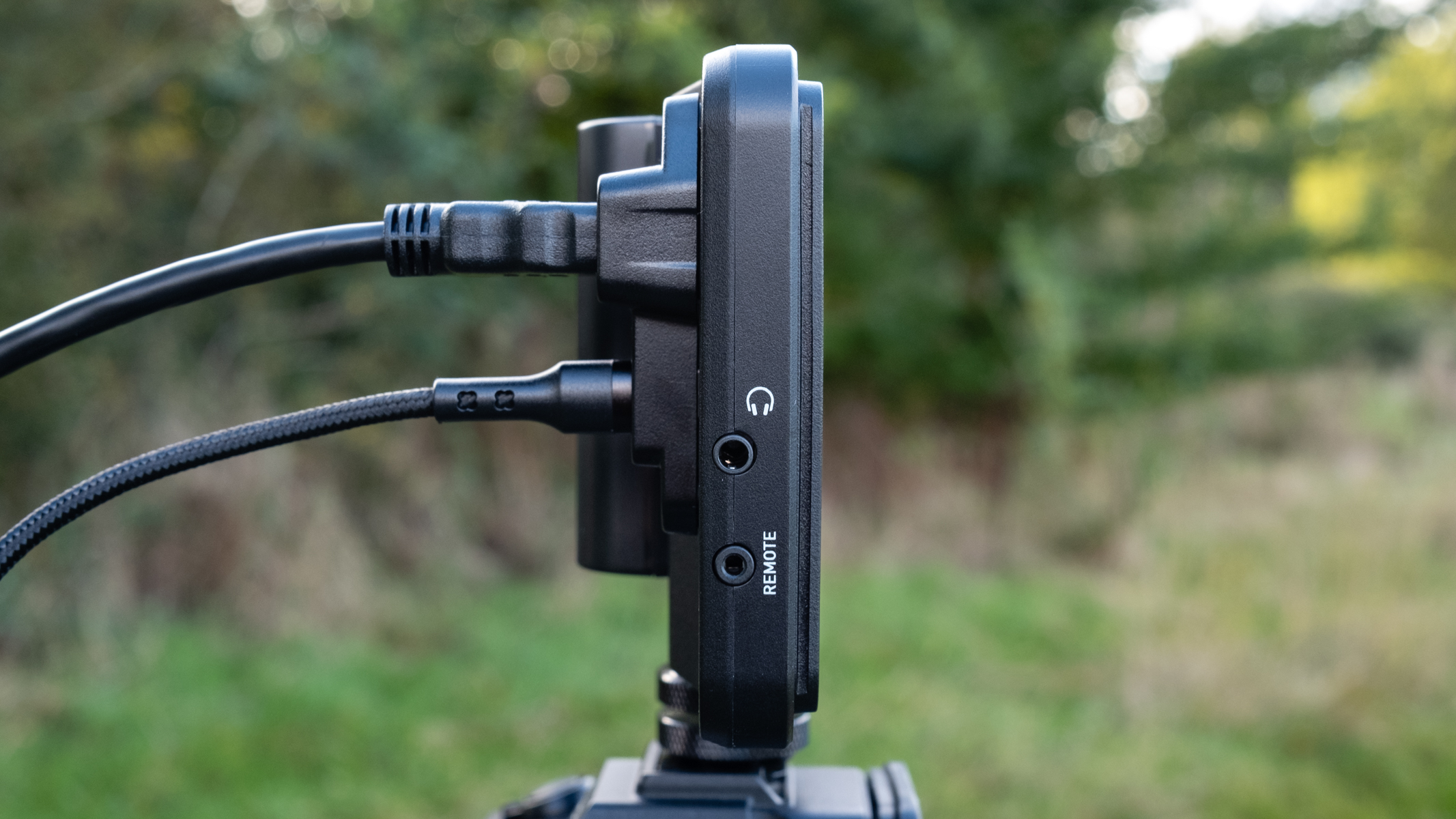
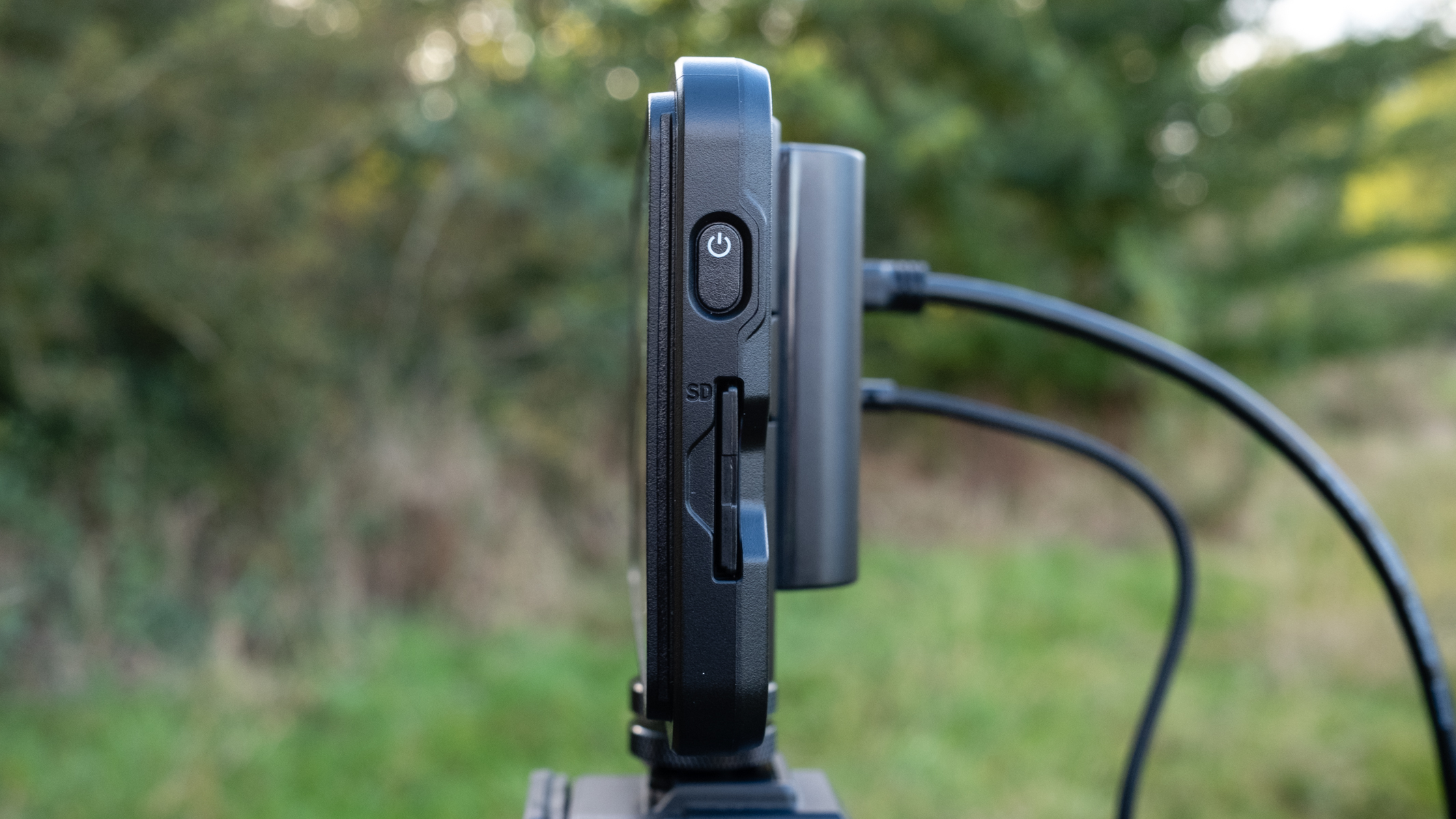
On the back of the Shinobi II, there's a locking battery slot that's compatible with NPF-type batteries. There's also a vent for the passive cooling system that maintains silent operation. Power can also be delivered via the USB-C / PD port on the back of the monitor using a power bank, but this removes camera control. So, a second USB-C / PD port would be useful.
Atomos claims that you can enjoy a full day of shooting from a single battery, and Atomos NP-F750 batteries are 5200mAh. I can’t fairly comment on battery life because the NP-F550 battery used for testing was a lower quality 2600mAh capacity, so battery life wasn't the best during continuous use. Full-day use could be based on NP-F970 batteries that are 8800mAh. Either way, the ability to use three different battery capacities or a power bank is useful.
Other controls and ports include the power button and SD card slot on one side, with the latter being only for firmware and LUT installation of up to eight LUTs in .cube format, with 17 and 33 points supported. On the other side, there's a 3.5mm headphone jack for sound monitoring and a remote port, with a 1/4-inch thread with anti-rotational points for mounting the monitor on the bottom. It's a fairly minimalist design with all features and functions accessed within the user interface.
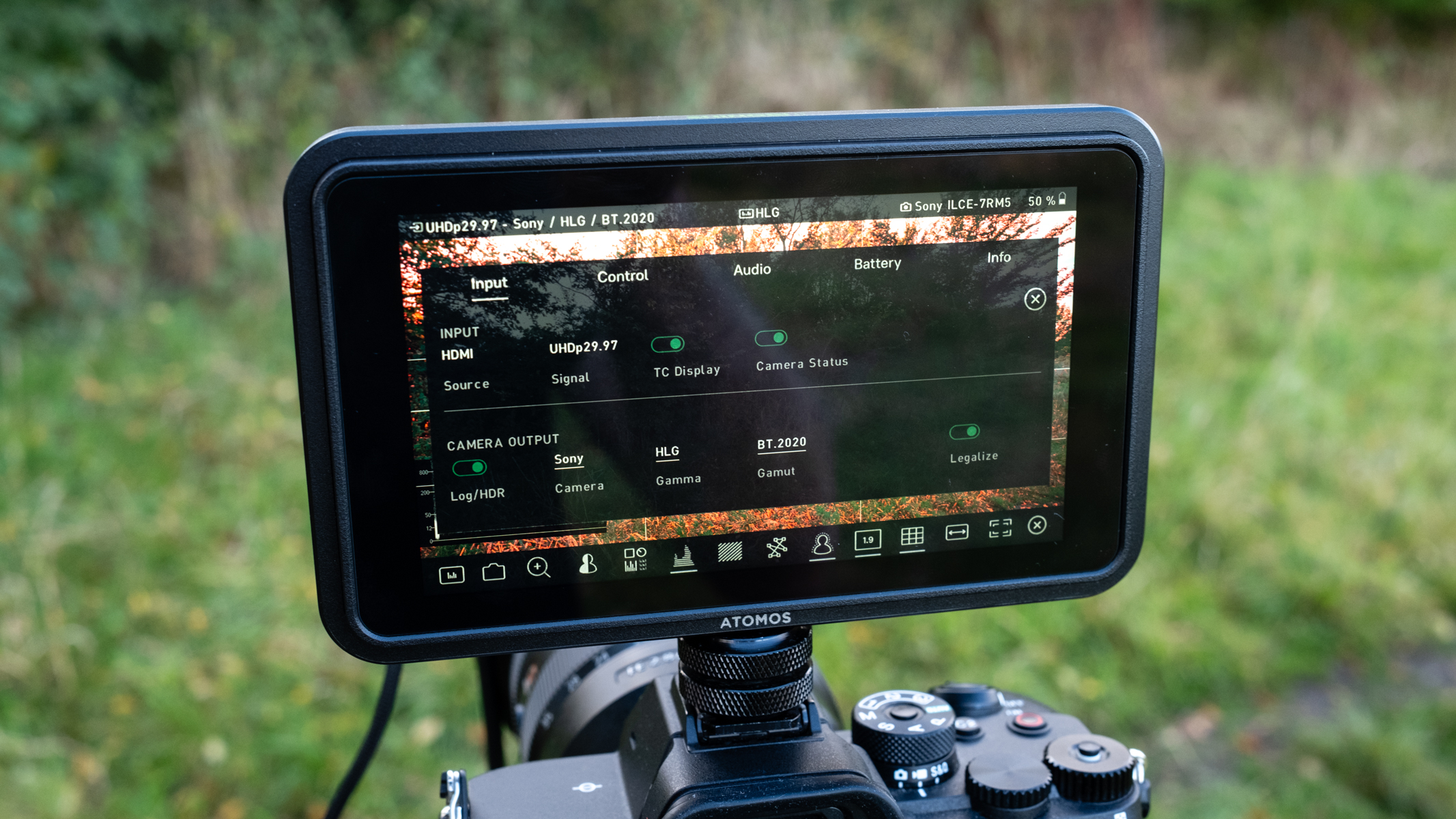
Atomos Shinobi II: Performance
The Shinobi II certainly does what it says on the tin, and does it well to deliver a significantly larger screen than a camera rear LCD. The screen resolution is 1080p, but it can monitor HDMI signals up to 4K 30fps, with FHD monitoring available up to 60fps. There are also several different guides available, such as the rule-of-thirds grid and framing guides to aid with composition when outputting to social media or cine aspect ratios other than 16:9 landscape format.
The exposure and focusing guides available include waveform, histogram, vectorscope, false color, and focus peaking. All of the usual suspects are here and can be used equally successfully for photos and videos. For the former, the Shinobi II may not be the most obvious option, but as previously mentioned, it can be useful for slower tripod-mounted photography.
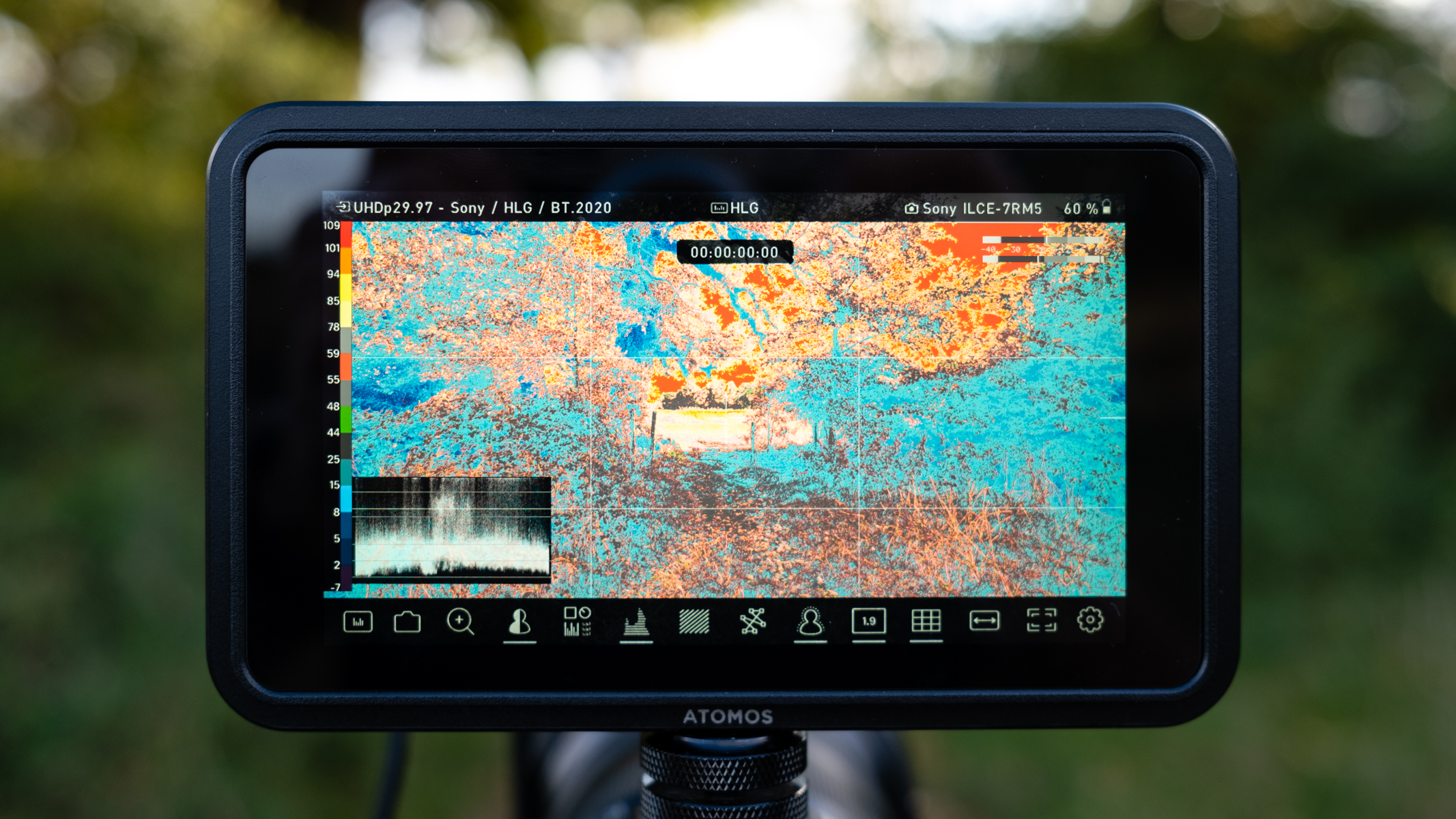
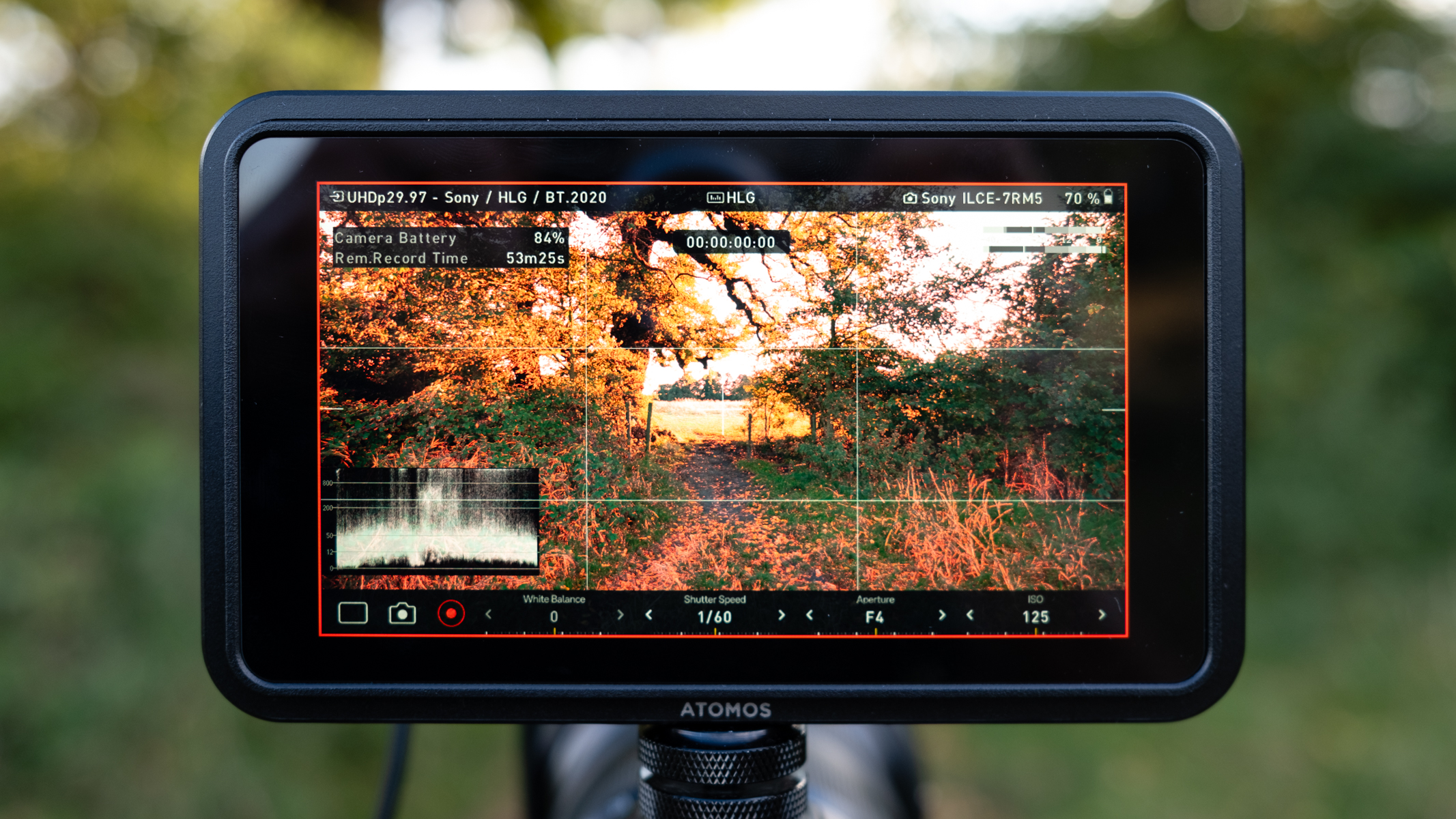
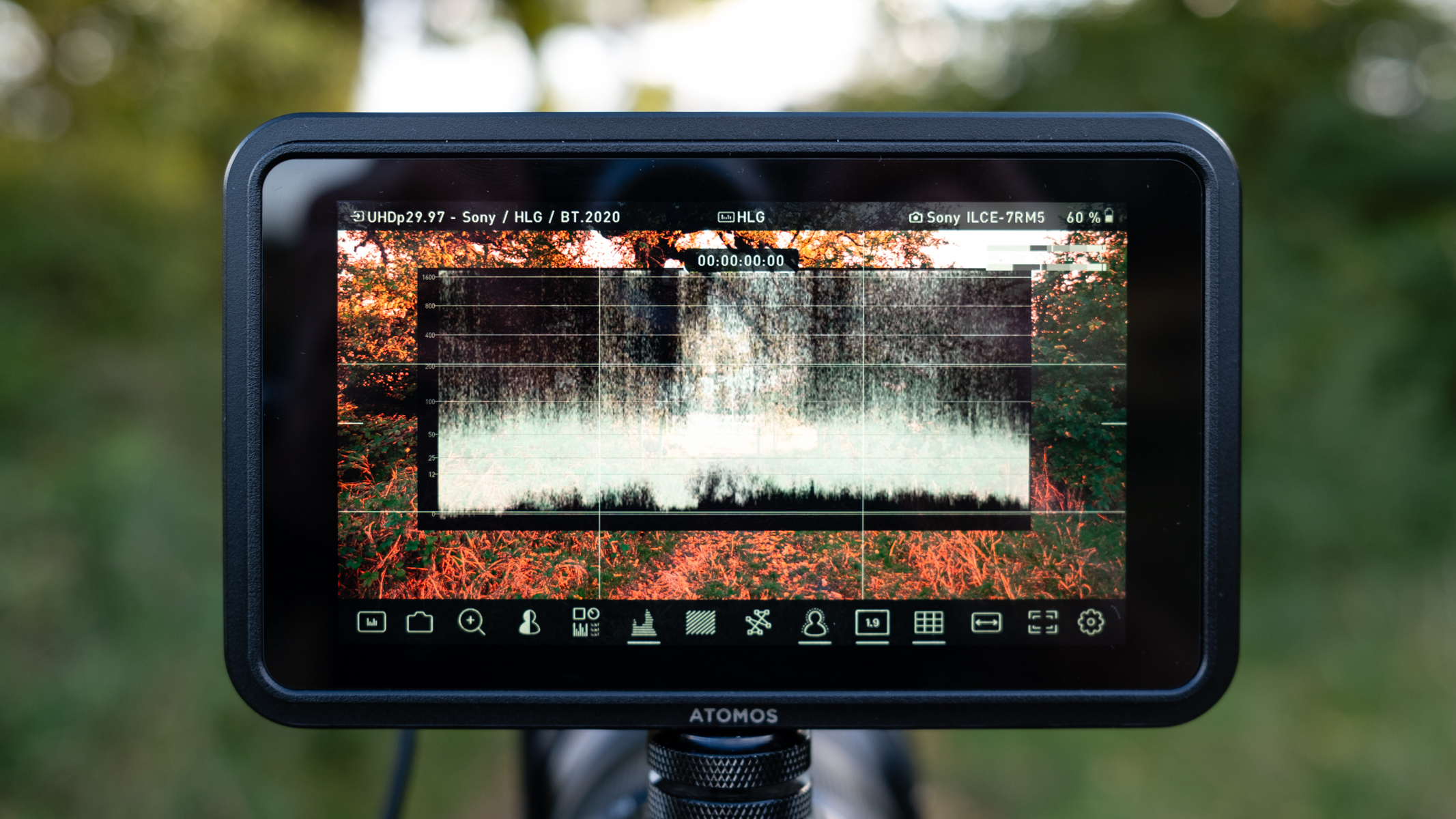
Camera control is one of the most useful features because it allows you to adjust shutter speed, aperture, ISO, white balance, and shutter angle (if used by the camera) on the Shinobi II screen. This provides a streamlined experience where you can also initiate in-camera video recording on the Shinobi II; a useful red rectangle appears around the edges of the screen to indicate recording.
Camera control via the Shinobi 2 is most convenient when the camera is on a tripod, gimbal, or shoulder rig mounted, but for holding the camera 'normally', the camera's direct access controls are easier to use. It just depends on how you're using the camera and, of course, personal preference. Versatility is never a bad thing, and if you don’t need camera control you can leave the USB-C / PD cable out of the equation, using just an HDMI cable for the camera feed.
The screen monitoring mode can be set to SDR, HDR HLG, HDR PQ, 709 LUT, or to a user-installed LUT for a closer to 'finished' view of your footage as it's captured. This can be in either a bit depth of 8- or 10-bit depending on the monitoring mode selected, with anamorphic desqueeze also available. You can also calibrate the monitor using Atomos Calibrator on a computer with Calibrite ColorChecker Display Pro and ColorChecker Display Plus if you require this at the point of capture.
Atomos Shinobi II: Verdict
The Atomos Shinobi II is smaller and lighter than the comparable competition with everything you need to enhance and ultimately improve your shooting experience. It's not perfect, but the niggles are extremely minor and not everyone will have them.
The Shinobi II has all the features you'd expect and too many more to simply list. Camera control and the fact that it's 30% lighter and 50% brighter than its predecessor, with HDR monitoring, make it a worthy upgrade. Not to mention a compelling introduction to video monitors if you've been thinking about investing.
One of the most useful aspects of a monitor over a monitor/recorder with camera control is that it opens up a larger screen with multiple shooting aids available to videographers and even photographers. Photography isn't the most obvious use or selling point for such a device, but it's certainly something to consider for some photographers.
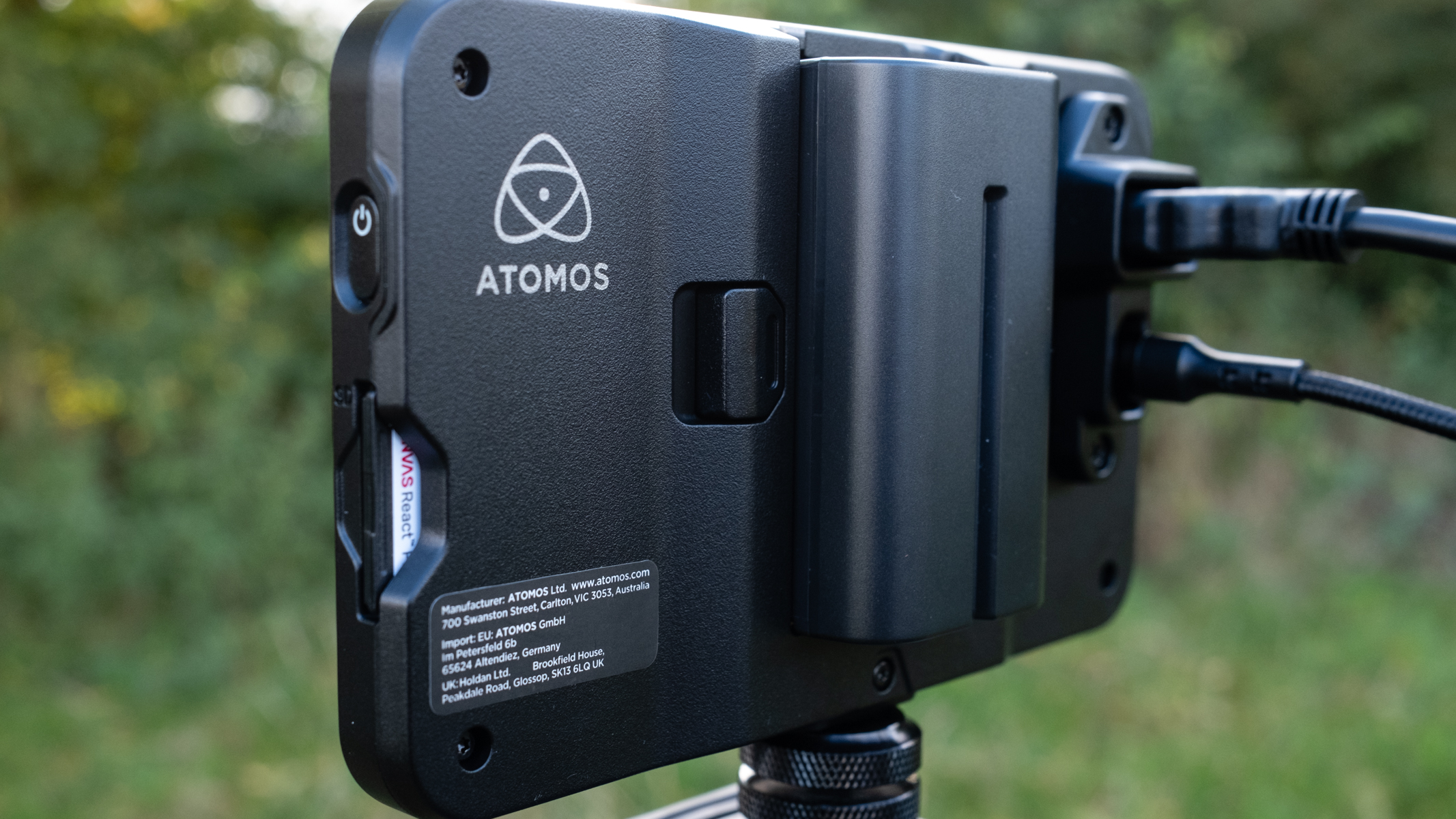
✅ Buy it...
- If you would like a larger monitor for composing photos and videos.
- If touchscreen camera control on a monitor would improve your workflow.
🚫 Don't buy it...
- If you would like recording functionality.
- If you would prefer or need a larger video monitor.







